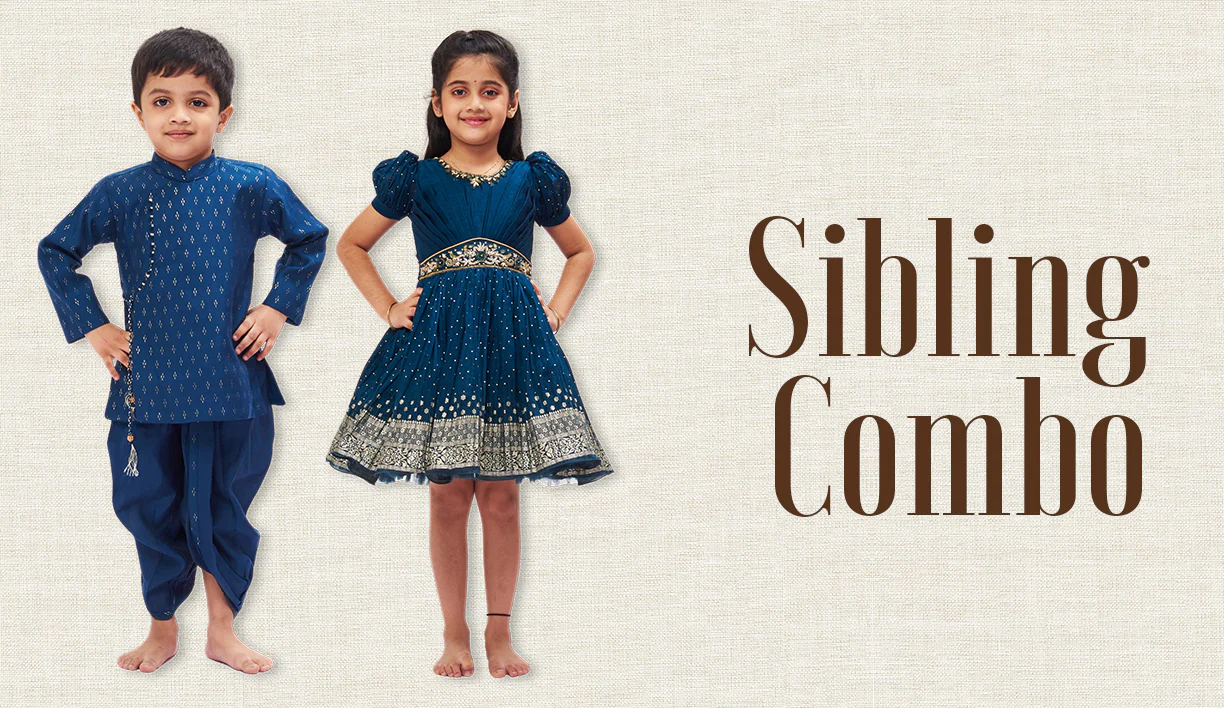Exploring the Timeless Art of Zari: A Look into the History, Process and Variations of this Traditional Indian Craftsmanship

Introduction:
- Zari is a traditional form of Indian craftsmanship that has been around for centuries
- It involves weaving precious metals like gold and silver into fabrics
- The use of zari is deeply rooted in Indian culture and history
The History of Zari:
- The origins of zari can be traced back to ancient Indian texts like the Ramayana and Mahabharata
- It was used in textiles across the world, including Europe, Persia and Southeast Asia
- Zari gained popularity during the Mughal era and was a symbol of wealth and nobility
- The city of Surat in Gujarat was known as the 'Zari City' and was a major hub for the production and export of zari
The Process of Making Zari:
- Zari is made by transforming chunks of silver into fine yarns and covering them in a pure gold coat
- The skill is passed down through generations of artisans' families
- In the 19th century, pure gold and silver were used to make zari, making it more expensive and heavy
- With advancements in technology, imitation and tested zari were created
- The process of making zari involves several stages, including melting and moulding silver, weaving it onto a base of silk or cotton, and electroplating it with gold
Types of Zari:
- Pure zari is the most authentic and highly valued variety, and is used mostly in Kanchipuram and Banarasi weaves
- Tested zari uses copper in place of silver and is more affordable
- Imitation zari is made by gilding threads with a golden powder and is the most affordable option
Conclusion:
- Zari is a traditional form of Indian craftsmanship that has a rich history and cultural significance
- It involves weaving precious metals like gold and silver into fabrics
- The city of Surat in Gujarat was a major hub for the production and export of zari
- Zari is made through a time-consuming and labour-intensive process that is passed down through generations of artisans' families
- There are different variations of zari available, including pure, tested and imitation zari, each with its own characteristics and price points.























Leave a comment